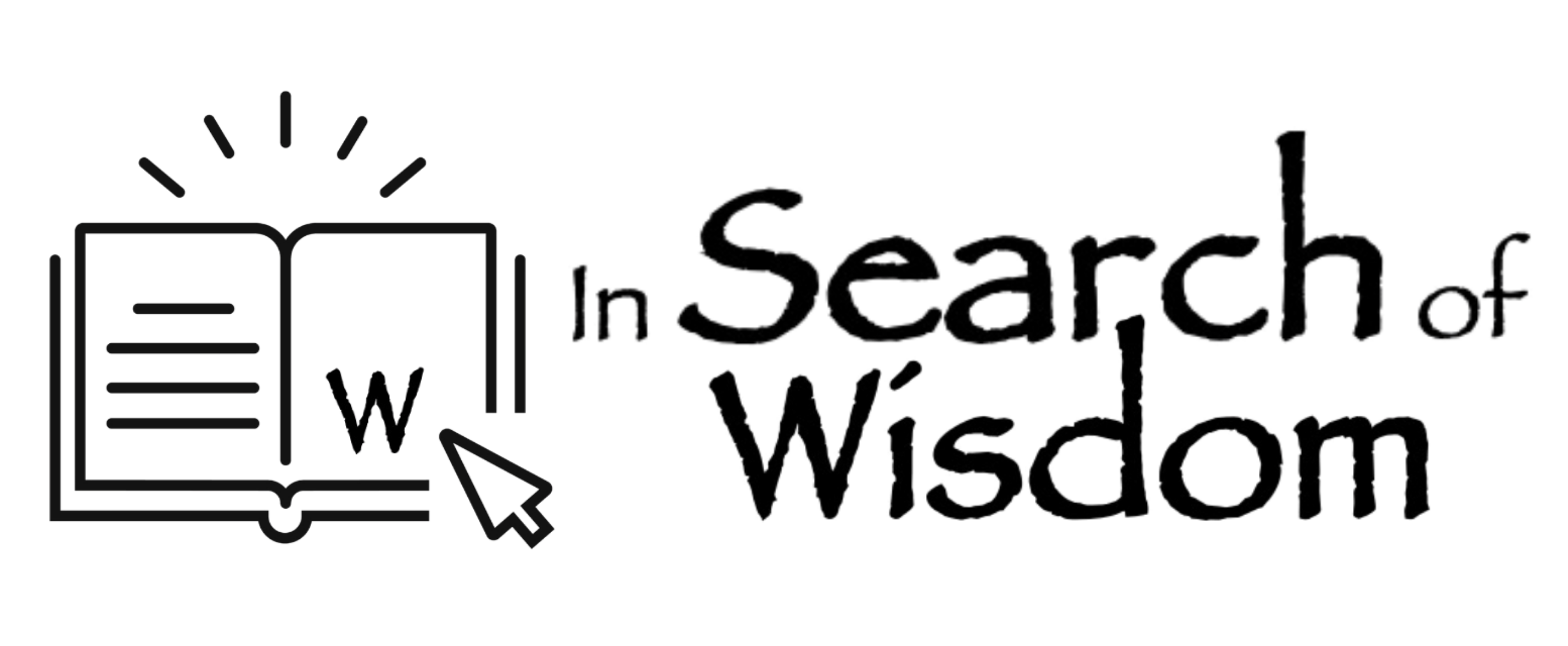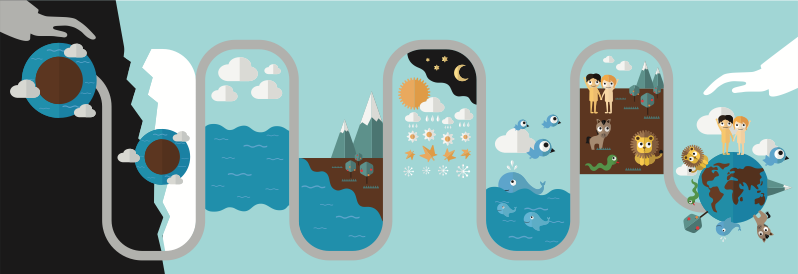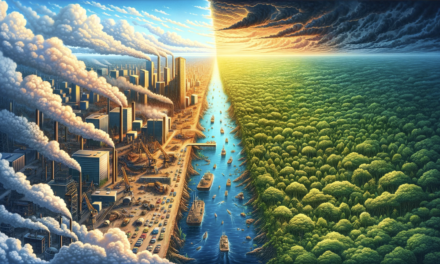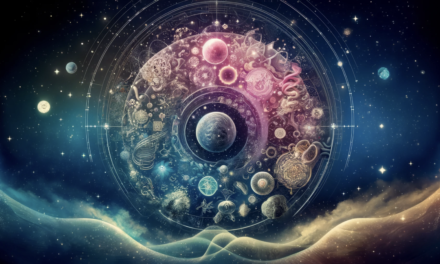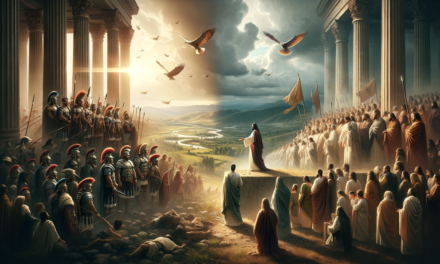The Need for a New Story
For as long as I can remember, I have been trying to make sense of the world. There is nothing unusual about that. I suspect that we all do the same. Less common is that my undergraduate studies at university, first Engineering and then Theology, gave me the tools to seek an account of the world that incorporates the best human insights from the diverse realms of science, philosophy and spirituality.
Thomas Berry (1914 – 2009), a Catholic priest and ecologist known for his work on the relationship between humanity and the natural world, expressed the need for just such an account. In his book ‘The New Story’ he wrote, “we need a story that will educate us, a story that will heal, guide and discipline us.”
Pointing to our powerful technology and the damage we have caused to the Earth’s ecosystems, he writes, “in large measure, we now determine the Earth process that once determined us.”
Berry was clear that the findings of science should be central. He writes, “Never before have any people carried out such an intensive meditation on the universe and on the planet Earth as has been carried out in these past few centuries in our Western scientific venture. Indeed, there is a mystical quality in the scientific venture itself. This dedication, this sacred quest for understanding and participation in the mystery of things, is what has brought us into a new revelatory experience. While there is no need for us to be professional scientists, there is an absolute need for us to know the basic story of the universe and of the planet Earth, as these are now available to us by science.”
Concepts Underpinning the New Story
Three related concepts of energy, complexity and emergence are at the heart of the new story.
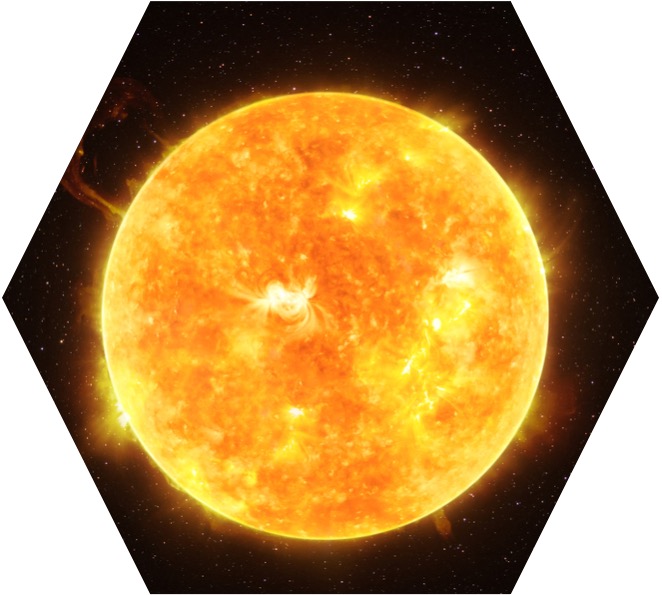
Energy is a measure of the ability of a system to do work or to produce change. You can think of it as fuel that drives the system.
Complexity refers to the number of parts or components in a system and the interactions and relationships between those parts. The more complex a system is, the more difficult it is to predict or understand its behaviour.

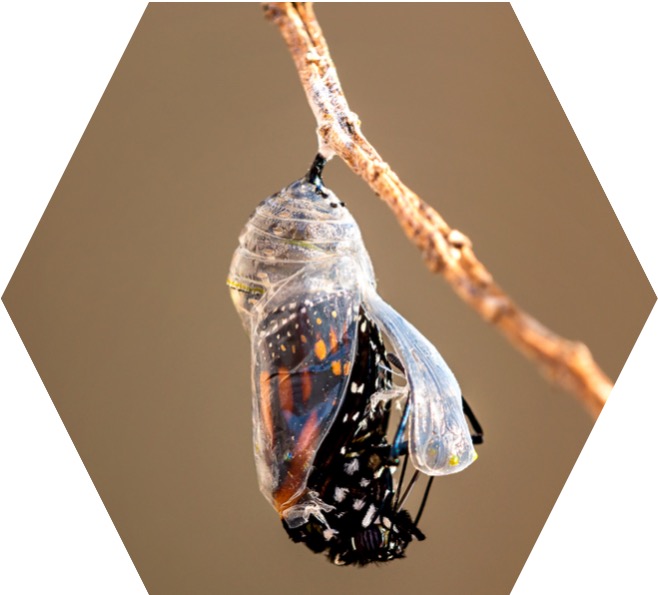
Emergence is a phenomenon that occurs when a system exhibits new properties or behaviours as a result of the interactions between its parts. This can happen even if the system’s individual parts are relatively simple. Emergence is often associated with complex systems and can lead to new patterns, structures, or behaviours that are not present in the system’s individual parts.
You can think of the relationship between energy, complexity, and emergence as dynamic, in which the presence or availability of energy can drive the evolution or development of complex systems, which in turn can give rise to emergent behaviours or properties. This pattern seems to underpin the story of the universe.

The New Story in Three Acts
Like all good stories, the story of the universe, from its beginnings to the present day, takes place in three acts. At least, it does so on Earth, which is the only point of view from which we can tell it. Act One takes us from the start of the known universe to the formation of our solar system. Act Two starts with the beginning of life on Earth and ends with the emergence of our species: homo sapiens. Act Three begins with the invention of language and writing and continues to the present day and beyond. Who knows what Acts will follow in the future?
Act One: Physical Evolution
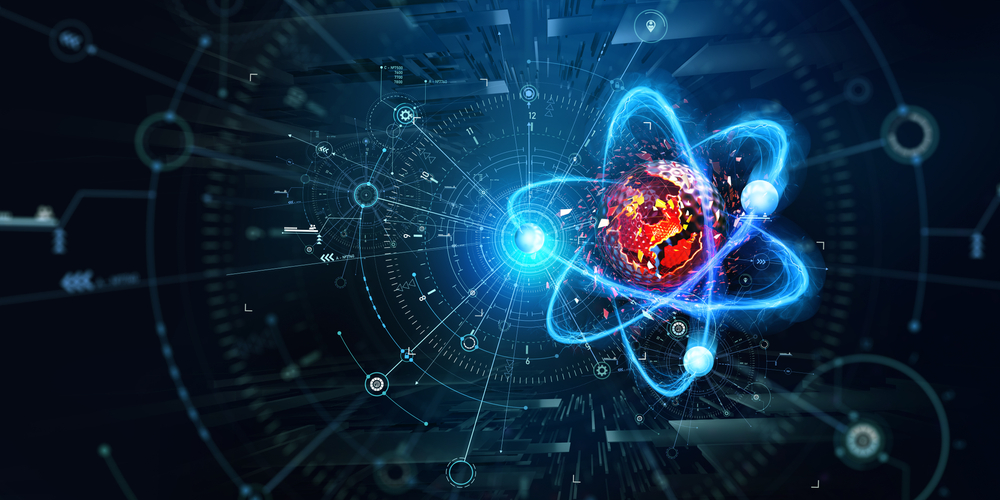
At the beginning of the universe, about 13.8 billion years ago, there was a massive explosion known as the Big Bang. This event marked the beginning of time and space as we know it, and it created all the matter and energy in the universe. We know from measurements taken using modern instruments that the universe is expanding in all directions.
Over the next few hundred million years, the universe cooled and expanded, and matter started clumping together due to gravity’s force. These clumps eventually formed into the first stars and galaxies. Observations tell us that there are hundreds of billions of galaxies in the universe.
In a star, under tremendous pressure from gravity, hydrogen atoms fuse together to form helium, generating intense heat and explosive energy. The balance between the force of gravity and the fierce energy from fusion gives the star its structure. Gravity forces the star to collapse when all the hydrogen has been consumed, creating heavier elements such as iron and carbon. Sometimes, this results in an event known as a “supernova”, a cosmic explosion that scatters great clouds of these elements as gas and dust into space.
Our own solar system was forged from just such a cloud of gas and dust left over after the formation of the Sun. This cloud, known as the solar nebula, began to collapse due to the force of gravity, and as it did, it started to spin. As the solar nebula spun faster and faster, it flattened into a disk shape, with the Sun forming at the centre and the planets forming from the material in the disk.
The process of planetary formation was complex and took millions of years. The inner planets, including Mercury, Venus, Earth, and Mars, were formed from the rocky material in the solar nebula. In contrast, the outer planets, including Jupiter, Saturn, Uranus, and Neptune, were created from the gas and ice in the outer reaches of the solar nebula. The dwarf planet Pluto formed later, in the outer part of the solar system, and is made up of a mixture of rock and ice.
Act Two: Biological Evolution
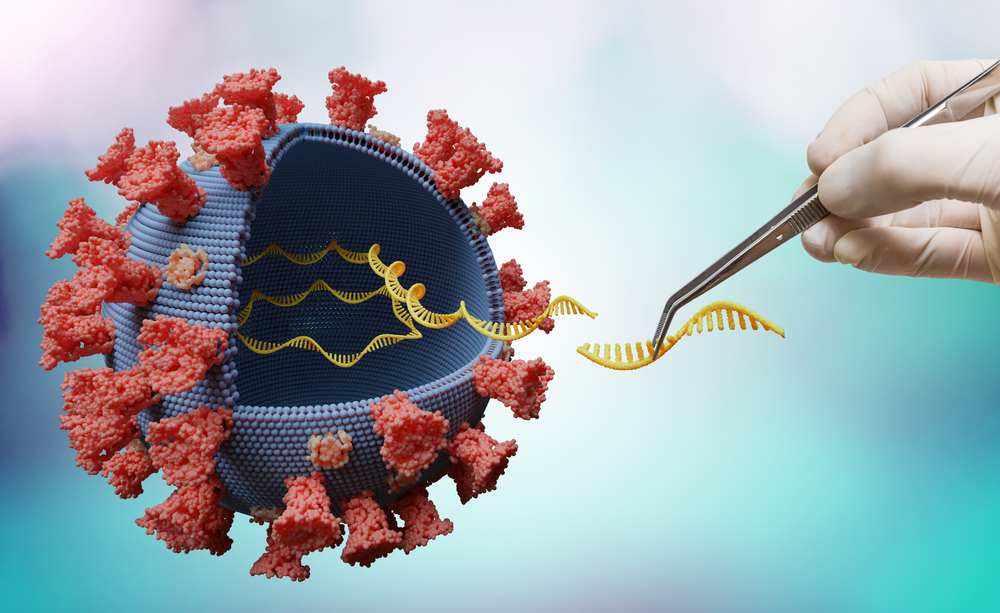
Ever since Charles Darwin published “On the Origin of Species” in 1859, the term “evolution” has been closely associated with the proliferation of diverse varieties of life on Earth. The origins of life are still an active area of scientific research and debate, and there is no definitive answer to how life emerged from inanimate matter. Life today derives its energy from oxygen, which is sustained in the atmosphere by photosynthesis in plants. But how did we get from a lifeless rocky planet to a world covered with plants?
In his 2022 book, “Transformer: The Deep Chemistry of Life and Death”, Nick Lane, Professor of Evolutionary Biology at UCL, writes, “Photosynthesis as we know it was invented by the cyanobacteria, once graced with the more evocative name blue-green algae. Yet they were quite late to the party too. Before these sophisticated bacteria, other autotrophs were already ancient, living from gases and rocks, sometimes deep in the bowels of the Earth. Many had no need for the Sun. …. I have argued that the flow of energy and matter that makes us alive began in deep-sea hydrothermal vents, electrochemical flow reactors with structures akin to cells, where the flow of protons across barriers and membranes coaxed Hydrogen and Carbon Dioxide to react to form the intermediate organic molecules at the heart of metabolism across life. These, in turn, gave rise to amino acids, fatty acids, sugars, and nucleotides–the building blocks of life.”
Whether or not this theory is true, there is a growing body of evidence that the first building blocks of life emerged from complex inanimate matter. These new materials enabled evolution itself to enter a second phase.
The simplest form of life as we know it is a class of single-celled creatures called prokaryotes. These are simpler cells with no defined nucleus or other structural components, and they first appeared on Earth about 3.5 billion years ago. The word “simpler” could be misleading. As David Christian writes in his book “Origin Story: A Big History of Everything”, “Each prokaryote is an entire kingdom of staggering complexity. Billions of molecules swim through a thick chemical slurry, being nudged and pulled by other molecules thousands of times each second, rather like a tourist in a crowded market full of traders, touts, and pickpockets. If you were injected into one of these molecules, you would find this a terrifying world. Enzymes will try to glom on to you and change you, perhaps hook you up with other molecules to form a new team that can cruise the markets looking for new opportunities. Imagine millions of these interactions going on inside every cell every second and you have some idea of the frenetic activity that powers even the simplest of cells in the early biosphere.”
In common with all life forms, prokaryotes produce energy to keep themselves alive. They do this through various processes, depending on their specific needs and the conditions in which they live. The repertoire includes aerobic (with oxygen) or anaerobic (without oxygen) respiration, fermentation, and photosynthesis.
These single-celled organisms all incorporated DNA – a molecule that contains the genetic instructions used in the development and function of all living organisms. They also, over time, altered the composition of the Earth’s atmosphere by converting carbon dioxide into oxygen. Which, in turn, paved the way for the next major evolutionary leap forward.
About two billion years ago, a class of creatures called Eukaryotes evolved. These organisms have cells with a defined nucleus and other structural components, such as mitochondria, which produce energy for the whole cell through cellular respiration.
Eukaryotes, in turn, paved the way for the familiar proliferation of Earthly life. Vertebrates, land plants, fish, insects, amphibians, reptiles, dinosaurs, mammals, birds, and flowers emerged from their ancestors and predecessors. Sexual reproduction, thought to have evolved independently in diverse groups of organisms at different times in the Earth’s history, probably played a crucial role in diversifying life on Earth. It probably appeared around 500 million years ago in plants and animals.
It is worth saying that although the concept of biological evolution is correctly described as “the theory of evolution”, it has been supported by a vast amount of evidence from many different fields of study, including palaeontology, anthropology, molecular biology, and genetics. While there may be some ongoing debates and research areas still being explored within the field of evolutionary biology, the overall theory of evolution by natural selection is widely accepted by the scientific community as a fundamental principle of biology. Theodosius Dobzhansky, a renowned geneticist and evolutionary biologist, went so far as to say, “Nothing in biology makes sense except in the light of evolution.”
Throughout its lifetime, changes have continued in the Earth’s ecological systems: core, mantle, crust, oceans, biosphere and atmosphere. They have continually interacted, and during the past 500 million years, five mass extinctions of species have punctuated biological evolution.
Changes to conditions on Earth probably caused the first four, as hitherto tolerable environments became unsuitable for those species that became extinct. An asteroid impact probably caused the fifth and most recent of these, which famously caused the extinction of the dinosaurs and many other species.
The fifth extinction allowed mammals to flourish, and among their number, our species, homo sapiens, first appeared around 300,000 years ago. And that brings us to the brink of Act Three.
Act Three: Cultural Evolution
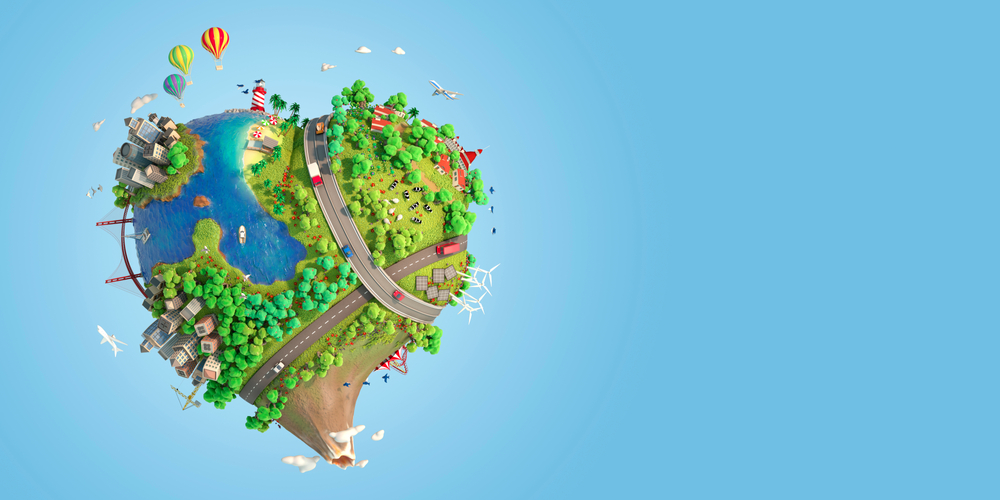
In Act One, physical evolution was driven by the self-organisational properties of energy, complexity and emergence in inanimate matter, which ‘flared forth’ at the Big Bang. In Act Two, life’s primary metabolism combined with the information in DNA to accelerate the process significantly. In Act Three, we will see that the mechanisms of Acts One and Two are supercharged by developments in our species.
Perhaps the greatest inventions of our species have been the development of language and writing, which have enabled humans to communicate with others across time and space. This one development has provided the platform for all human achievements. Nobel Laureate Eric Kandel puts it this way. “Although the size and structure of the human brain have not changed since Homo sapiens first appeared in East Africa … the learning capability of individual human beings and their historical memory have grown over the centuries through shared learning—that is, through the transmission of culture. Cultural evolution, a nonbiological mode of adaptation, acts in parallel with biological evolution as the means of transmitting knowledge of the past and adaptive behaviour across generations. All human accomplishments, from antiquity to modern times, are products of a shared memory accumulated over centuries.”
I want to pick out just four developments of increasing complexity that have emerged within the span of human history: farming, cities, trade and the industrial revolution.
Firstly, the development of farming enabled people to settle in communities and obtain sustenance from domesticated animals and arable crops. Humanity multiplied and spread across the globe.
Farming also allowed people to live in settled communities which, over time, grew into towns and cities. As agriculture developed, farmers could produce more food than they and their families needed to consume, so communities became more structured, with specialists developing arts, crafts, and technologies. These developments promoted further innovation in a “virtuous circle”.
As cities brought together large concentrations of people in the same place, trade facilitated the exchange of ideas, goods, and services. This exchange led to the spread of new technologies and cultural practices and drove economic and social change. Trade created, in effect, an integrated network of humanity, providing the filaments that connected cities.
With the emergence of the Industrial Revolution in Britain in the late 18th Century, humanity found new and effective ways to harness the power of steam to revolutionise transportation and manufacturing. As the pace of learning increased, it generated a self-reinforcing loop, with new developments in science and technology emerging faster and faster. Human numbers grew exponentially by exploiting all the resources of nature, whether animal, vegetable, or mineral.
Human activity is now destabilising some of the Earth’s planetary systems, including the climate and the biosphere.
Summary of the Story
At the end of the Emmy-Award-Winning film, “Journey of the Universe”, cosmologist Brian Swimme summarises the story in a single sentence. “Over the course of 14 billion years, hydrogen gas transformed itself into mountains, butterflies, the music of Bach, and you and me.”
The film was produced in 2012. Ten years later, Swimme puts it differently in his new book, “Cosmogenesis, ” which combines autobiography with cosmology. “The universe began fourteen billion years ago with the emergence of elementary particles in the form of primordial plasma, which quickly morphed into atoms of hydrogen, helium, and lithium; a hundred million years later, galaxies began to appear, and in one of these, the Milky Way, minerals arranged themselves into living cells that constructed advanced life, including evergreen trees, coral reefs, and the vertebrate nervous systems that humans used to discover this entire sequence of universe development.”
However, both of these statements need to capture the acceleration of evolution built into the fourteen billion years. If we condense the whole story from the beginning to the present day into a single 24-hour day, Act One will last 17 hours, from midnight to 5 a.m. Act Two will last just five minutes short of the remaining seven hours. The whole of Act Three will last five minutes! The Industrial Revolution will start less than one and a half thousandths of a second before the end!
The pace of evolution increased between Acts One and Two, but by the end of Act Three, it has started to increase exponentially. We don’t know what the future holds, but we can confidently say that “Evolution itself has evolved while the Earth has developed to its present condition.”
Telling the Story
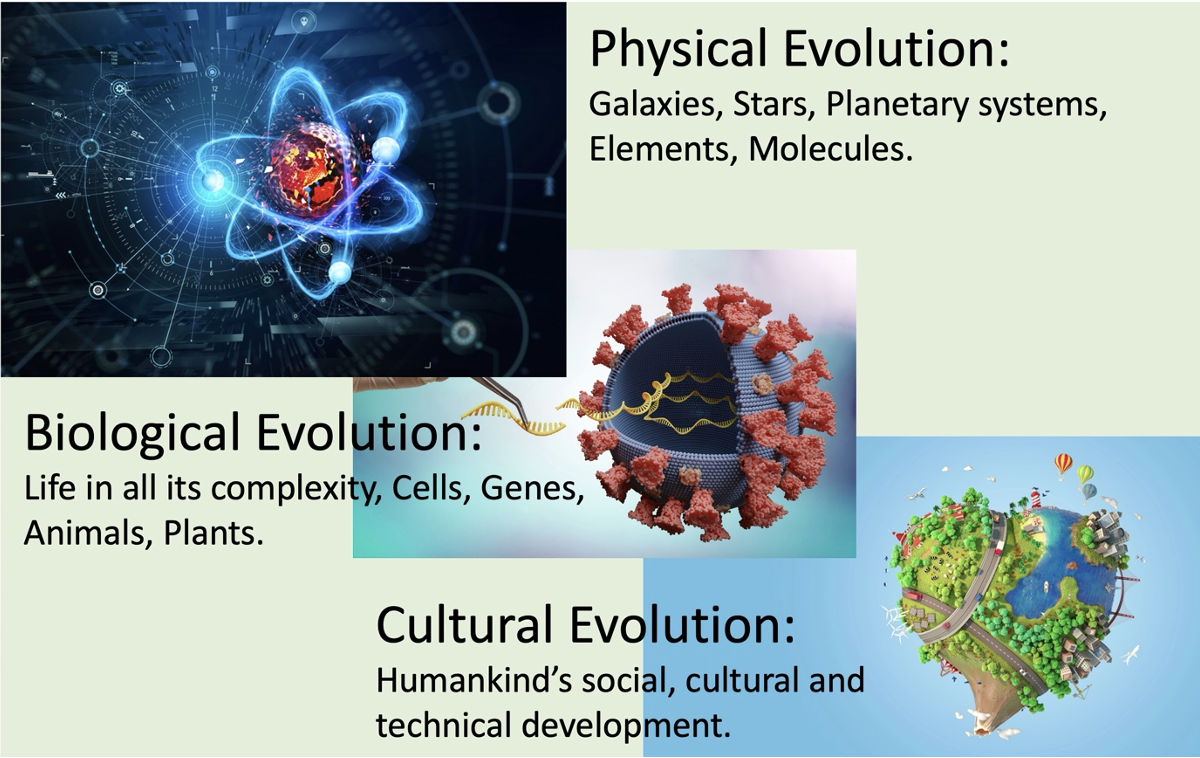
The first section of this article included two quotes from Thomas Berry, the Catholic priest and ecologist who inspired the film “Journey of the Universe”. He, in turn, was influenced by Pierre Teilhard de Chardin, a French philosopher, palaeontologist, and theologian whose work primarily focused on the relationship between science and religion. He was a Jesuit priest and a member of the Roman Catholic Church, and his work was often controversial within the Church due to its integration of scientific and spiritual concepts. Teilhard de Chardin’s ideas were not widely accepted during his lifetime, and the Roman Catholic Church suppressed his work for many years. However, his ideas have gained wider recognition in recent years and have influenced the work of many scientists, philosophers, and theologians.
The producers of “The Journey of the Universe” were anxious to preserve this amalgam of faith and science.
But they didn’t distort scientific and historical ideas to accommodate religious beliefs. In a parallel development, David Christian of McQuarrie University tells the same story in a very similar form. In his book, “Origin Story: A Big History of Everything” he writes, “Unlike many traditional origin stories, the modern origin story lacks a creator god, though it has energies and particles as exotic as the pantheons of many traditional origin stories. Like the origin stories of Confucianism or early Buddhism, the modern story is about a universe that just is. Any sense of meaning comes not from the universe but from humans. “What’s the meaning of the universe?” asked Joseph Campbell, a scholar of myth and religion. ‘What’s the meaning of a flea? It’s just there, that’s it, and your own meaning is that you’re there.'”
Like Thomas Berry, Christian believes it is an important story for all humans to hear. “The modern origin story is still under construction. New sections are being added, existing parts still have to be tested or tidied up, and scaffolding and clutter need to be removed. And there are still holes in the story, so, like all origin stories, it will never lose a sense of mystery and awe. But in the past few decades, our understanding of the universe has become much richer, which may even enhance our sense of its mystery. … With all its imperfections and uncertainties, this is a story we need to know, just as [indigenous] people needed to know their origin stories. The modern origin story tells of the heritage all humans share. So it can prepare us for the huge challenges and opportunities that all of us face at this pivotal moment in the history of planet Earth.”
Terry Cooke-Davies
December 2022
